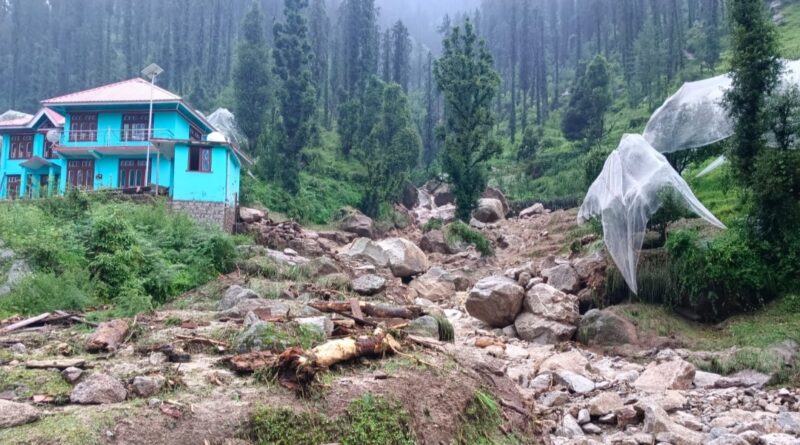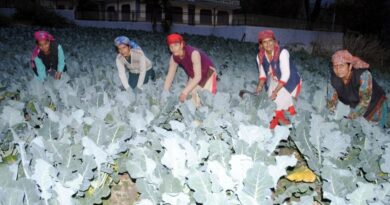Mountains Are Crying: The Human Cost of a Himalayan Crisis
In the villages nestled among the world’s highest peaks, disaster has become a grim routine. When the rains come, they don’t just bring water; they bring terror. Floods and landslides swallow homes, destroy roads, and claim lives. Yet, in the aftermath, these profound human tragedies are often reduced to a sterile statistic: “hundreds dead, thousands displaced.”
Behind every number is a person. A mother grieving a child she couldn’t protect. A father digging through mud for fragments of his home. A community whose future was swept away in an instant. To call these events “natural disasters” is to miss the painful truth. The Himalayas are not collapsing on their own—we are pushing them.
The Real Causes: A Man-Made Emergency
Nature’s fury becomes fatal when combined with human actions. Widespread deforestation strips the mountains of their protective skin. Reckless construction carves highways into fragile slopes with little regard for the stability of the land below. Riverbed mining chokes and destabilizes the very waterways that are the region’s lifeblood.
True development should make people safer, not put them in greater danger. Blaming “climate change” can no longer be an excuse to deflect accountability for these local, preventable choices.
Beyond Glossy Maps: The Power of Local Wisdom
Too often, official solutions—expensive studies and glossy maps—remain detached from the reality on the ground. The village of Dharali, built on unstable terrain without proper consultation, stands as a tragic monument to this failure.
The real path forward is not more top-down planning, but a democratic model of development that values the wisdom of those who know the land best: the local communities. A People’s Plan Movement would empower villagers to map their own forests, rivers, and biodiversity, blending generations of traditional knowledge with modern tools like geological surveys and early warning systems.
A Call to Action: A People’s Commission for the Himalayas
To make this vision a reality, we must establish an independent People’s Commission for the Himalayas. Free from government control, it would bring together scientists, civil society, and, most importantly, the voices of community members.
Its mission would be clear:
· Assess the true vulnerabilities of the region.
· Guide sustainable, context-sensitive planning.
· Ensure that development serves people, not profit.
This requires putting strong Gram Sabhas at the heart of decision-making, with women, indigenous groups, farmers, and youth leading the way.
There Is Another Way: Lessons in Resilience
We see a powerful example in Kerala, where a participatory weather-warning system in Wayanad saves lives. Villages operate their own monitoring stations, feeding real-time data into a cooperative, community-owned system. It proves that people-powered governance is not just an ideal—it is practical, effective, and vital.
The Choice Before Us
We cannot undo decades of exploitation overnight, but we can choose a new path. A path where ecological restoration takes precedence over reckless expansion, and where science serves both people and the planet.
The time for action is now. Justice, resilience, and sustainability must be the foundation of our policy, not an afterthought. The power to build a safer future already exists in the hands of the people who call the Himalayas home. It is time we listened to them.



